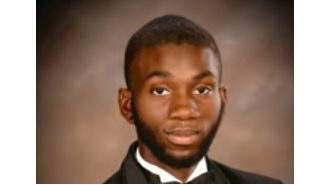Why millions of kids can’t read and a better way to teach them
NPR had a fascinating article on the transformation of the early reading curriculum at a kindergarten school in Bethlehem, Pennsylvania. The dominant method for teaching kids to read comes from an influential and incorrect theory that pushes for teaching people using context and visual clues.
The better approach is to help kids/people understand that written text is a code for speech sounds. So, the process of reading is really a process of decoding these sounds.
Harper attended a professional-development day at one of the district’s lowest-performing elementary schools. The teachers were talking about how students should attack words in a story. When a child came to a word she didn’t know, the teacher would tell her to look at the picture and guess.
The most important thing was for the child to understand the meaning of the story, not the exact words on the page. So, if a kid came to the word “horse” and said “house,” the teacher would say, that’s wrong. But, Harper recalls, “if the kid said ‘pony,’ it’d be right because pony and horse mean the same thing.”
Harper was shocked. First of all, pony and horse don’t mean the same thing. And what does a kid do when there aren’t any pictures?
This advice to a beginning reader is based on an influential theory about reading that basically says people use things like context and visual clues to read words. The theory assumes learning to read is a natural process and that with enough exposure to text, kids will figure out how words work.
Yet scientists from around the world have done thousands of studies on how people learn to read and have concluded that theory is wrong.
One big takeaway from all that research is that reading is not natural; we are not wired to read from birth. People become skilled readers by learning that written text is a code for speech sounds. The primary task for a beginning reader is to crack the code. Even skilled readers rely on decoding.
So when a child comes to a word she doesn’t know, her teacher should tell her to look at all the letters in the word and decode it, based on what that child has been taught about how letters and combinations of letters represent speech sounds. There should be no guessing, no “getting the gist of it.”
The results of this approach in the past 3 years have been great.
In 2015, before the new training began, more than half of the kindergartners in the district tested below the benchmark score, meaning most of them were heading into first grade at risk of reading failure. At the end of the 2018 school year, after the science-based training, 84 percent of kindergartners met or exceeded the benchmark score. At three schools, it was 100 percent.
The meta learning here is the importance of educating educators in cognitive science in addition to their respective subject material. To help people learn better, we must understand how people learn first.
This learning applies in our day-to-day as well. We often play the role of educators when we teach our partners, kids, or co-workers about something. Understanding how they learn and process content will help us make a lot more progress in our attempts.






